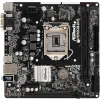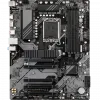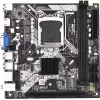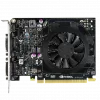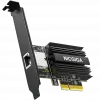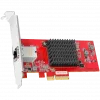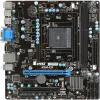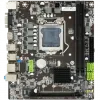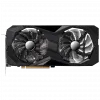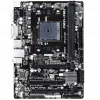PCI Express 3.0 (PCIe 3.0) is a computer expansion bus standard that provides faster data transfer rates and improved performance compared to its predecessors. It is the third generation of the PCIe interface and was introduced in 2010. PCIe 3.0 offers higher data transfer speeds per lane, with a maximum bandwidth of 8 gigatransfers per second (GT/s) per lane, effectively doubling the data transfer rates of PCIe 2.0. A typical PCIe 3.0 x16 slot provides a maximum bandwidth of 128 GB/s.
PCIe 3.0 is backward compatible with PCIe 2.0 and PCIe 1.0 devices, allowing users to use older PCIe cards on newer motherboards. It is commonly used for connecting graphics cards, network cards, storage devices, and other expansion cards in modern computers, providing a high-speed and efficient data transfer interface for various applications.
